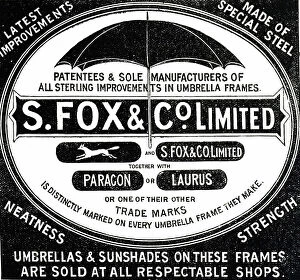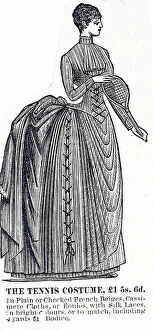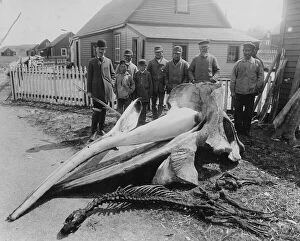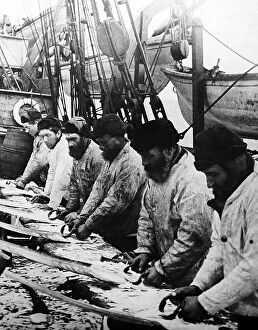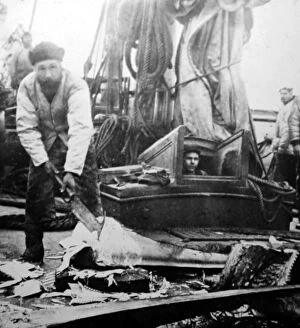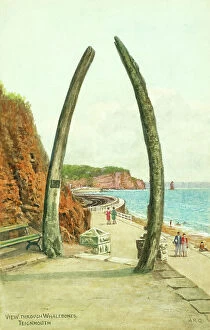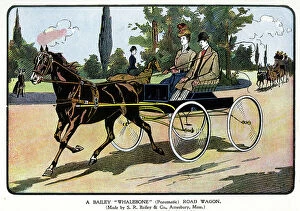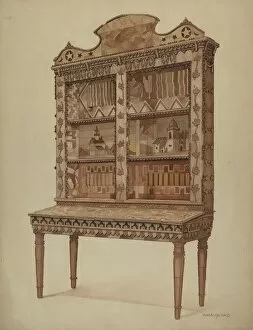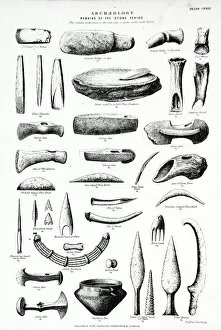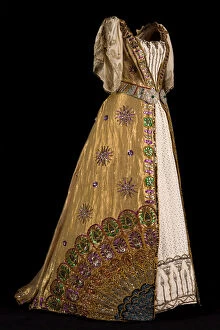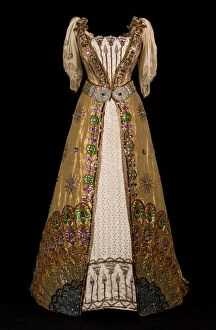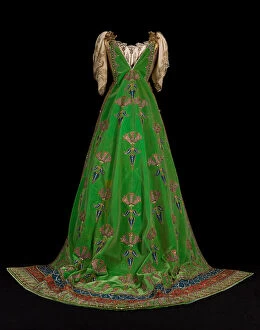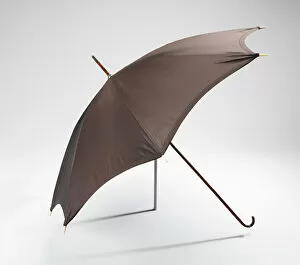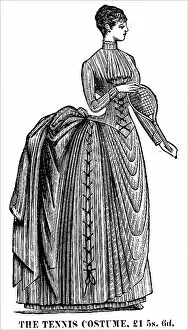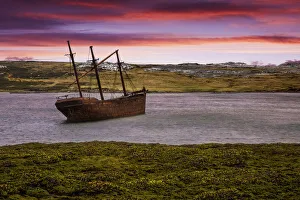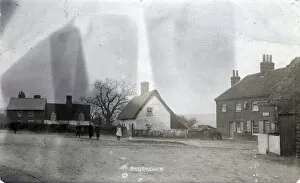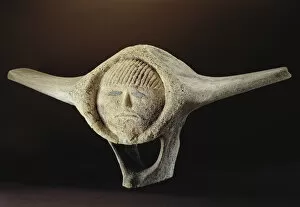Whalebone Collection
Whalebone, a material steeped in history and versatility, has left an indelible mark on various aspects of human life
All Professionally Made to Order for Quick Shipping
Whalebone, a material steeped in history and versatility, has left an indelible mark on various aspects of human life. From the majestic creatures it derives its name from to the innovative creations it has been incorporated into, whalebone holds a captivating allure. In the mid-19th century, Benjamin Waterhouse Hawkins immortalized the grandeur of whales through his masterpiece "The Whale. " This awe-inspiring sculpture showcased the sheer size and magnificence of these marine giants, reminding us of their connection to whalebone. On whaling ships scraping or removing whalebone became a common sight. These vessels ventured into treacherous waters with skilled crews determined to harvest this precious resource. The process was arduous but necessary for industries that relied on whalebone's unique properties. At Teignmouth in Devon, piles of whalebones stood as silent witnesses to this thriving trade. These remnants served as reminders of both triumphs and tragedies faced by those who sought out these elusive creatures. Even beyond maritime endeavors, whalebone found its way into unexpected domains. Bailey Whalebone Pneumatic Road Wagon advertised a revolutionary mode of transportation that utilized this durable material for enhanced performance and comfort. Augustine Haugland took innovation further by crafting a remarkable Whalebone Cabinet in 1937. This exquisite piece blended functionality with artistry, showcasing how even furniture design could be elevated through the incorporation of such an extraordinary substance. Fashion also fell under the spell cast by whalebone's rigidity and flexibility combined. Stays from the 1780s exemplified how corsets were stiffened using this natural wonder alongside cotton fabric - creating garments that shaped silhouettes while ensuring durability. Hygrometers too owed their accuracy to different types developed during the 18th century; some employed delicate strips made from none other than resilient yet pliable whalebones – enabling precise measurements crucial for scientific advancements at that time.


